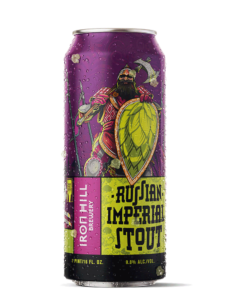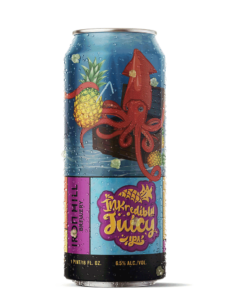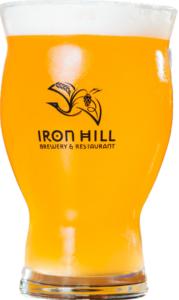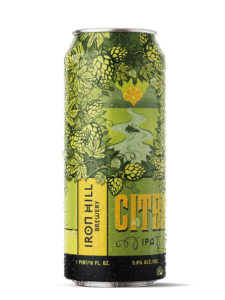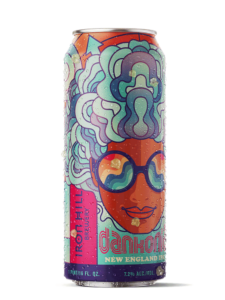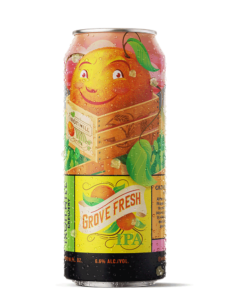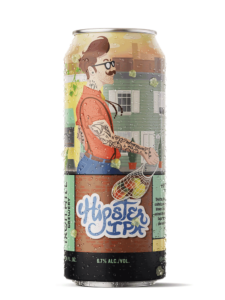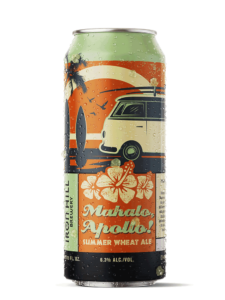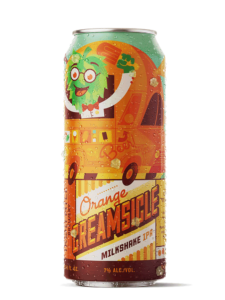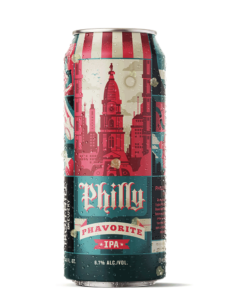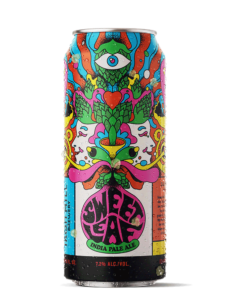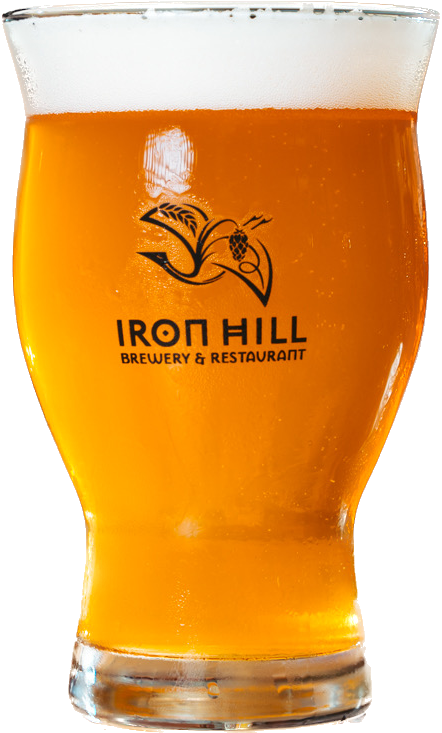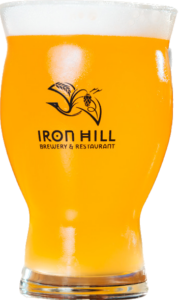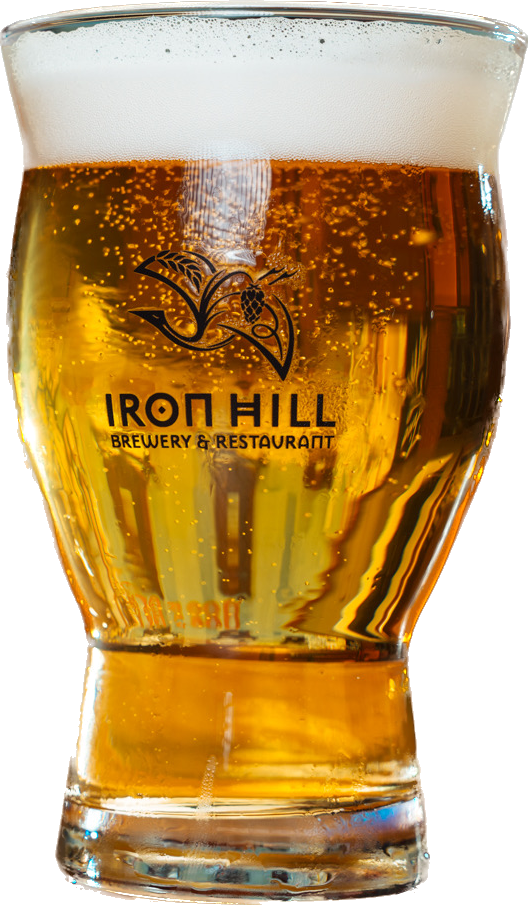I’ve always enjoyed Googling “Thanksgiving wine pairings” to see what comes up. Often the articles open with quotes about how hard it is to choose the right wines for Thanksgiving dinner.
Here are a few:
“Picking wines for Thanksgiving is never an easy task. How do you choose something that will go nicely with sweet potatoes, cranberry sauces, turkey, stuffing, and the whole medley of other dishes that end up at the Thanksgiving feast?” – Vogue
“The American Thanksgiving table is full of all of these paradoxical flavors: the sweet-tart cranberries, roasted turkey, vegetables, and stuffing. It can make wine pairing a real chore.” – SplendidTable.org
“The devil, as they say, is in the details. In this case, wine pairings are complicated by delicious side dishes, type of stuffing or dressing, the gravy and all the trimmings that make Thanksgiving family traditions unique.” – Wines.com
Then the one that sums it all up….
“If your Thanksgiving plans are already causing you anxiety … then don’t Google the phrase ‘best wine pairings thanksgiving.’ Bet on every post beginning with how tough it is to marry all the flavors of a holiday table with one or two wines.” – San Diego Tribune
The solutions to this issue crack me up too! Several suggested that because the challenge of the pairing is due to the wide range of flavors of food on the table, that the best approach is to serve several types of wine. Throw a bunch at the wall and see if something sticks! The problem with that approach is that few people eat Thanksgiving dinner one side dish at a time. An even funnier solution was to just not worry about it. “Hey, it’s a party, relax!” or “Don’t worry too much about what type of wine to serve, just make sure you have plenty!”
Now don’t get me wrong, I am not a wine-hater. In face there are very few drinks with an ABV at which I’ll turn up my nose. If I’m having a juicy sirloin I’m just as likely to be sipping on a Malbec or Cab as a Stout or Brown ale. I also spend a couple hours almost every Sunday afternoon at my favorite wine café tasting and learning about their newest offering. But I just don’t understand why (to quote beer and food guru Garrett Oliver”) people “try to force wine where it doesn’t go.”
Beer, quite simply, has a few tools in its box that wine does not: caramelization, hops/bitterness and carbonation. These all make it the perfect complement to the range of flavors you’ll find on your table next Thursday.
Part of the process of making beer involves roasting malt and boiling sugars, both of which can create all kinds of caramelized and roasted flavors. There’s a reason we roast our turkeys instead of microwave them. We love the caramelized flavors on a perfectly-browned skin. The roasted and caramelized notes often found in beer pair wonderfully with that crispy skin, char on roasted vegetables or toasted notes of the pie crust.
Bitterness and hop character are another advantage that beer brings to the table. Bitterness in hops can provide a refreshing contrast to the sweetness of sweet potatoes or dark meat, but it can also compliment the bitter flavors in cruciferous vegetables, like Brussels Sprouts. The spicy, piney notes marry nicely with herbs like rosemary and citrusy hops are a wonderful pairing with the sweet and tart character of cranberry sauce.
Carbonation is very good at scrubbing away pallet-dulling richness and getting your palate ready for the next bite. Read one of those wine articles I mentioned and they’ll always suggest a Champagne or Prosecco. Fortunately, all beer is carbonated!
Here’s what’s likely to be on my table for Thanksgiving:
Vienna Lager – The Munich and caramel malts in this beer have a mild sweetness and toasted character that seamlessly pairs with browned meats, but it’s got just enough bitterness to be refreshing. The subtle but spicy Czech hops are a great compliment to the herbs likely to be on your turkey or in your green beans. If you’re looking to take the edge off dealing with your crazy relatives, Vienna’s big brother Oktoberfest will pair just as nicely but with a little more… relaxation.
India Pale Ale – I’d suggest one that is amber in color with some malt backbone as opposed to a bone-dry west coast variety. The balance of sweet and bitter will allow it to work with just about anything on the table and the hops will stand up to those Brussels!
Belgian Dubbel – Dubbels are surprisingly dry for their color and the amount of chocolate and caramel character they bring. That dryness will keep them refreshing while the sweet undertones will work with the sweeter dishes on the table. And all the while, the dark fruit and spicy characters from the Belgian yeast just scream “HOLIDAYS!”
American Brown Ale – Bigger and hoppier than the Vienna but with more roasted and caramel notes than an IPA. A really nice blend of sweetness and bitterness, caramelization and spiciness. Sounds like Thanksgiving doesn’t it? If you can’t come across one, 3 parts Orehouse IPA and 1 part Pig Iron Porter does the trick.
Pig Iron Porter– Any dessert you’ll find at Thanksgiving. ‘nuff said.
So sip on that wine as you greet your guests, enjoy a glass of port or Madeira before bed. But don’t make Thanksgiving dinner more stressful for yourself than it already is!
With 15 locations in Pennsylvania, Delaware, New Jersey and South Carolina, there’s an Iron Hill Brewery & Restaurant near you. Each brewery/restaurant has their own craft kitchen and scratch brewery, allowing individual chefs and brewers the creativity to pair the freshest ingredients with the highest quality grains and hops. Monthly releases vary by location, so scout our beers on tap and visit us soon.
This article was contributed by Chris LaPierre. Chris is a Senior Head Brewer at Iron Hill.

